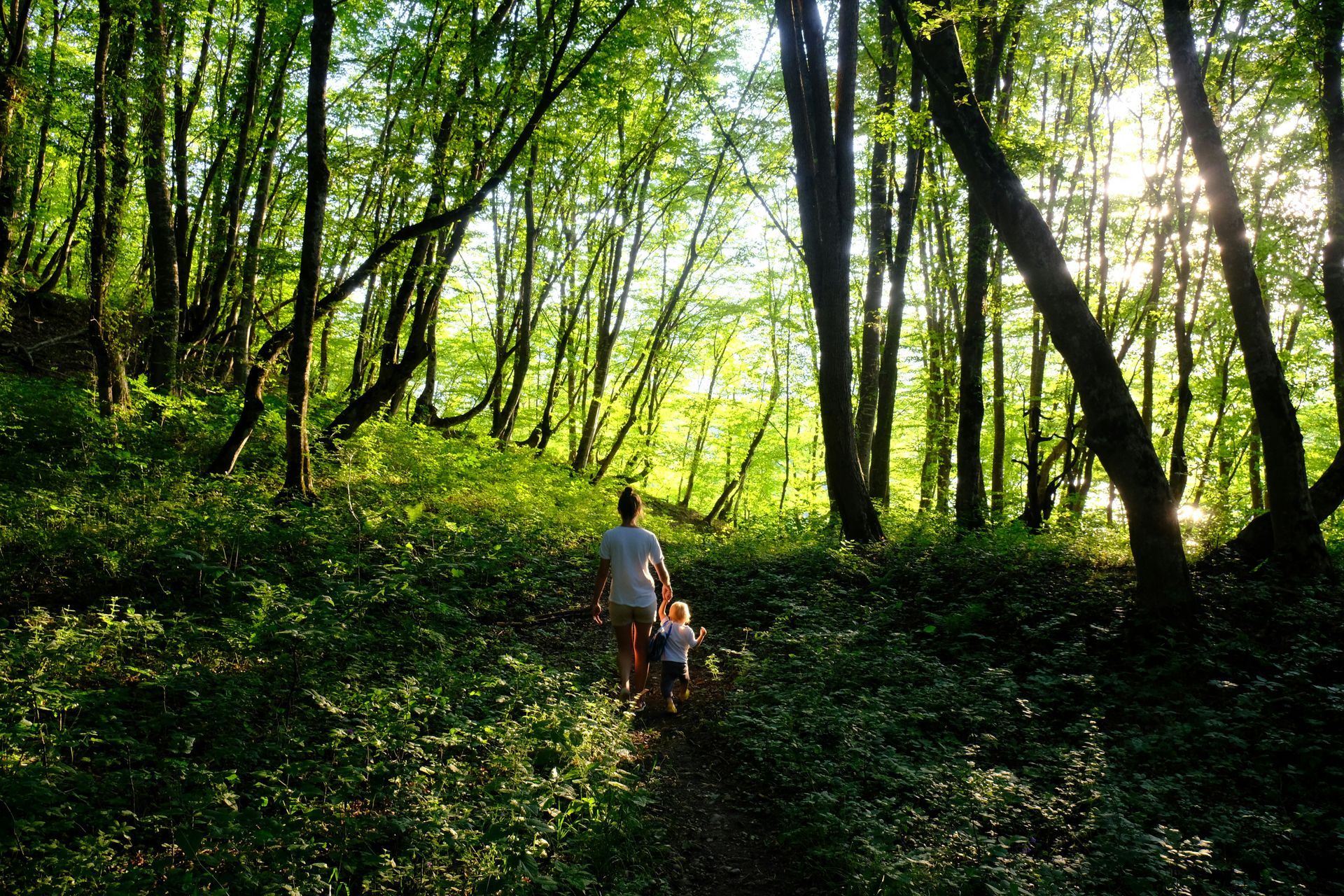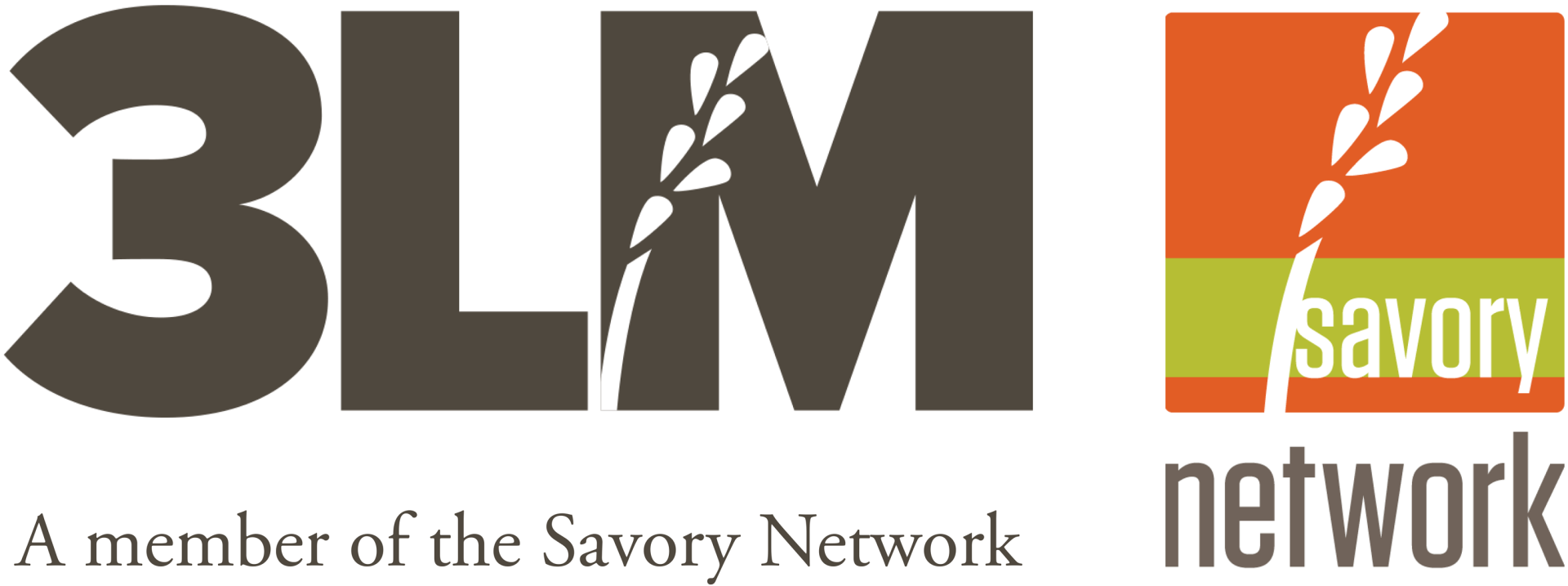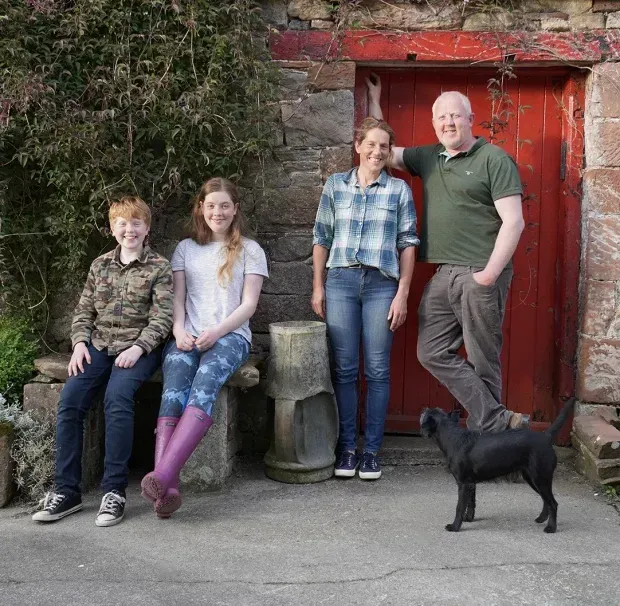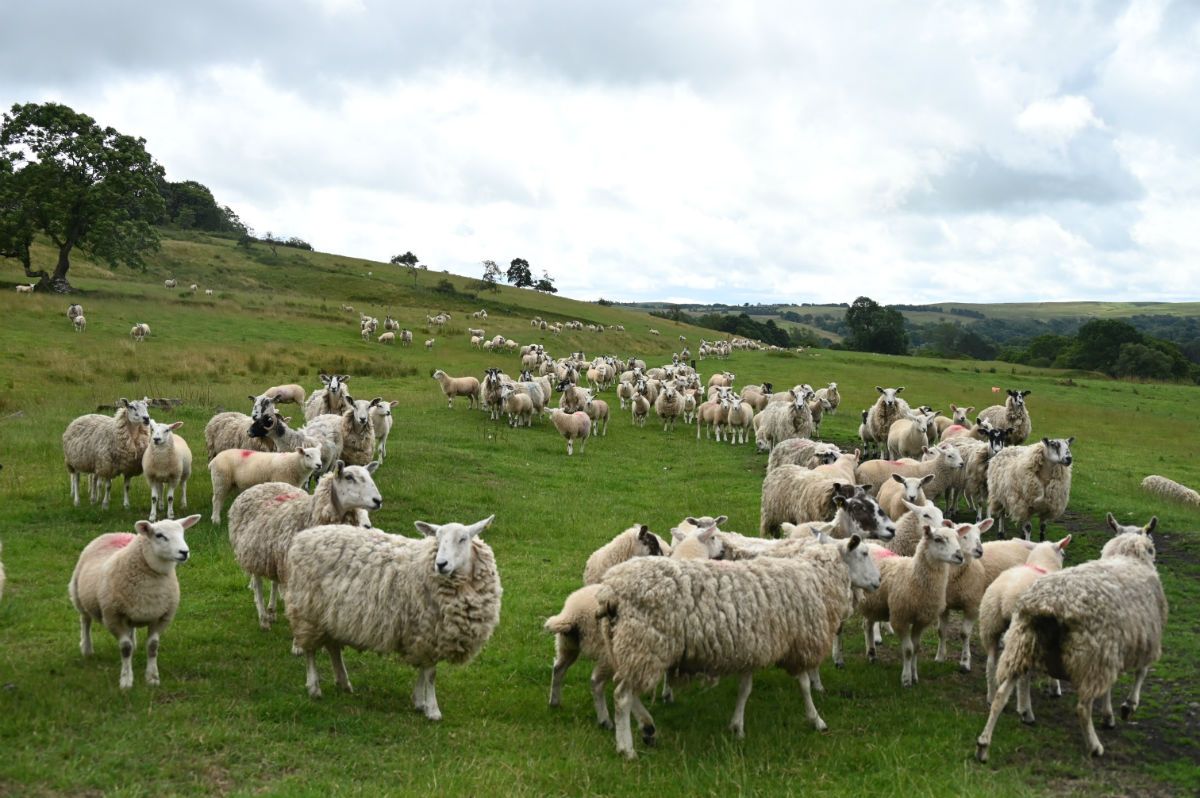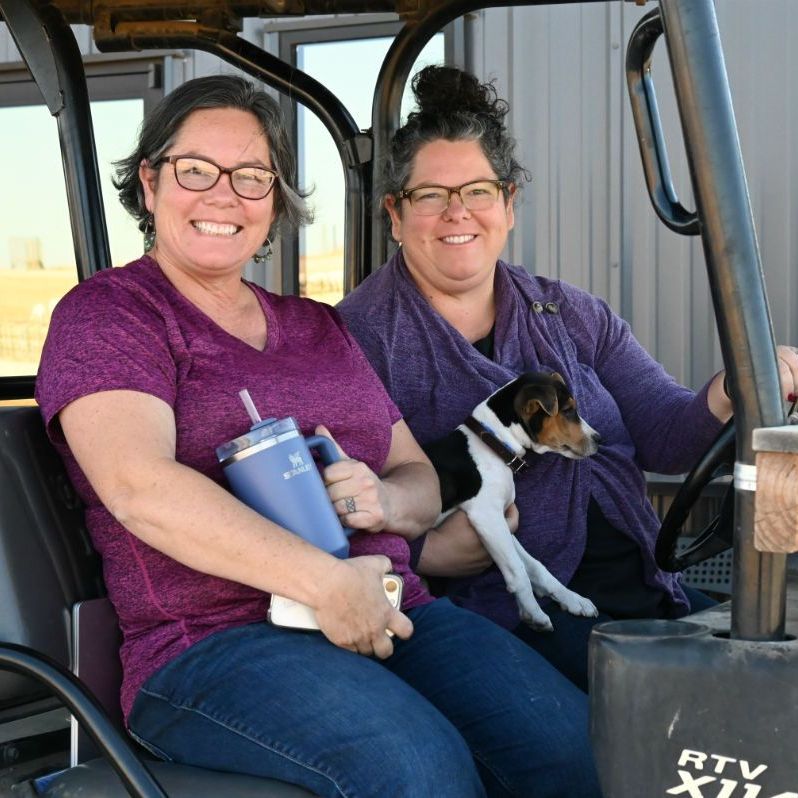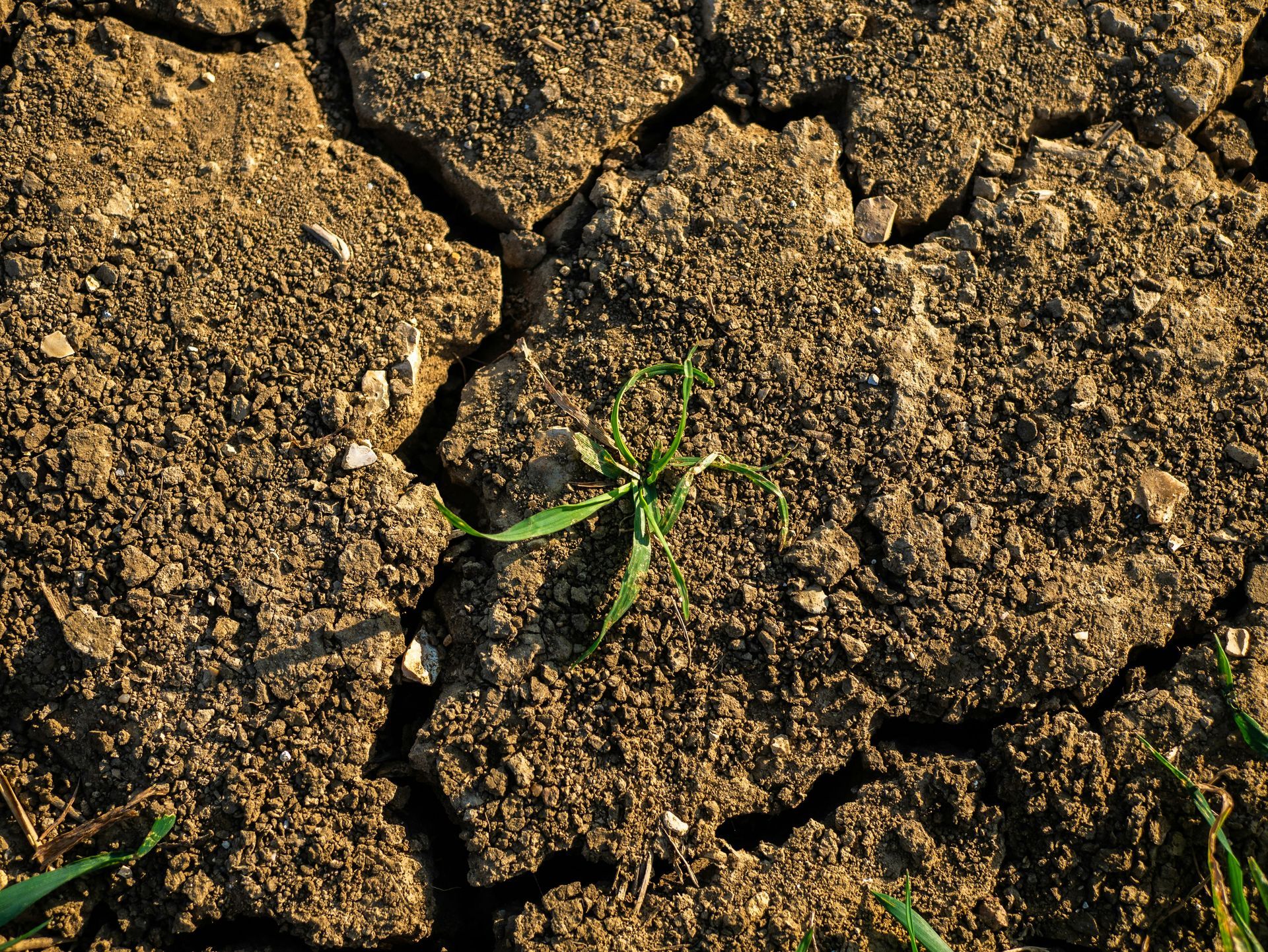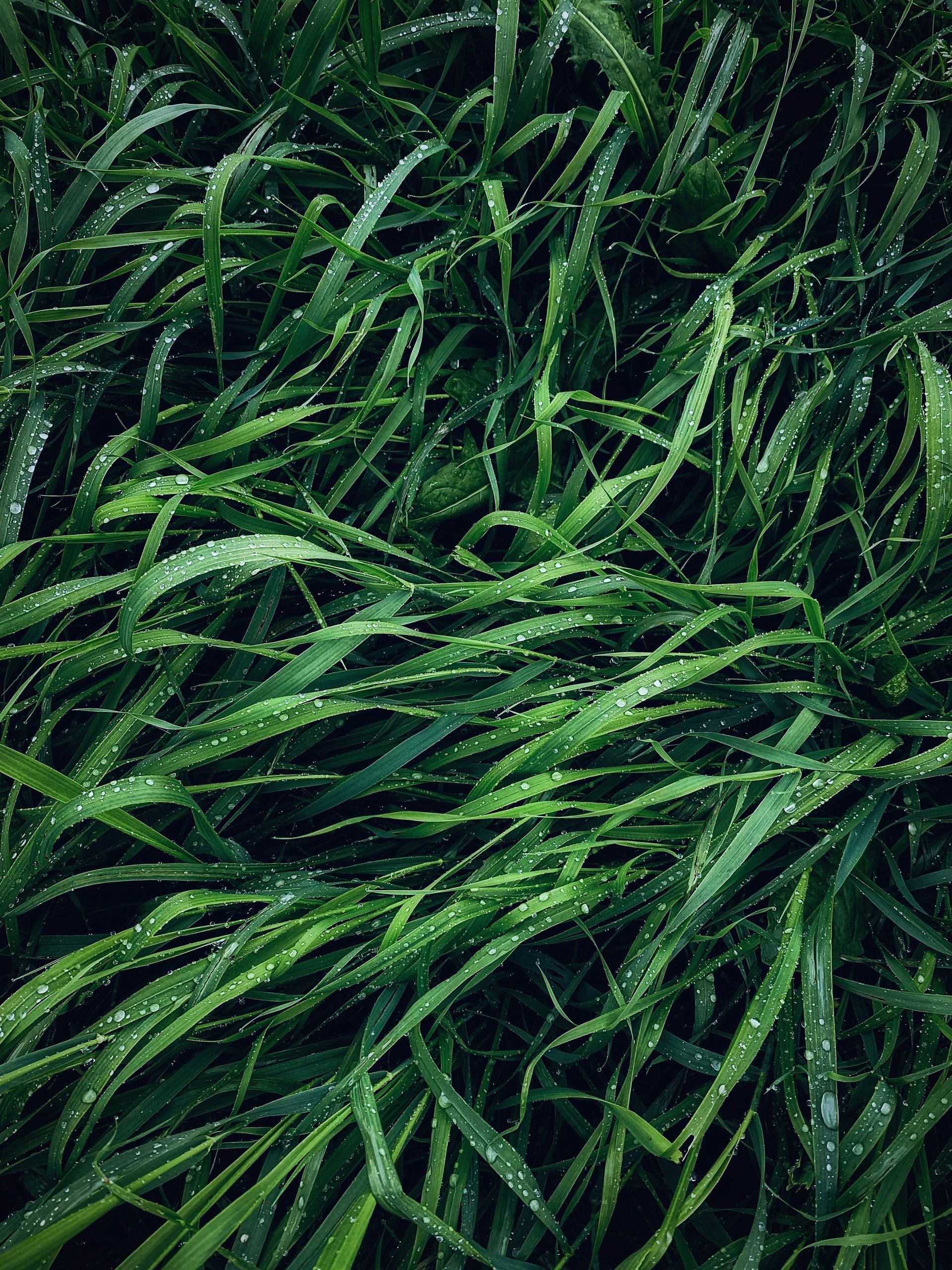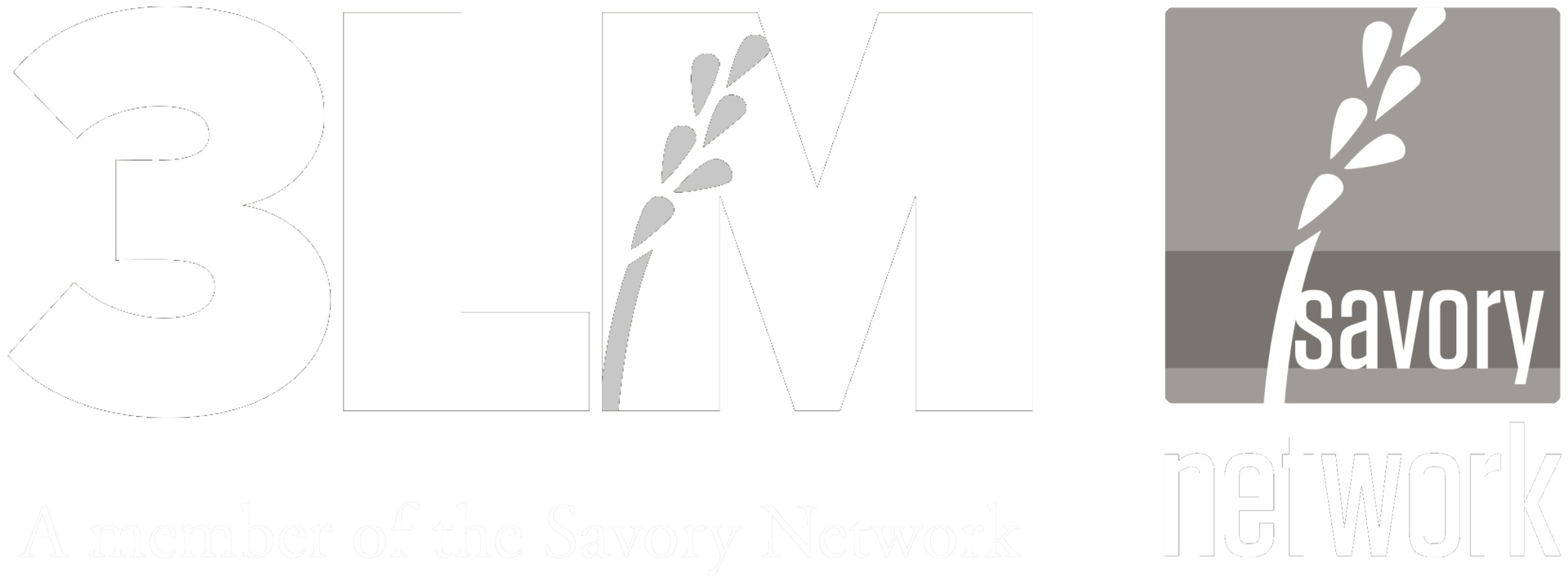Portugal's Montado: Ancient Roots, Regenerative Future
A 12,000 year old system of regeneration in Portugal that could provide a secure and regenerated future
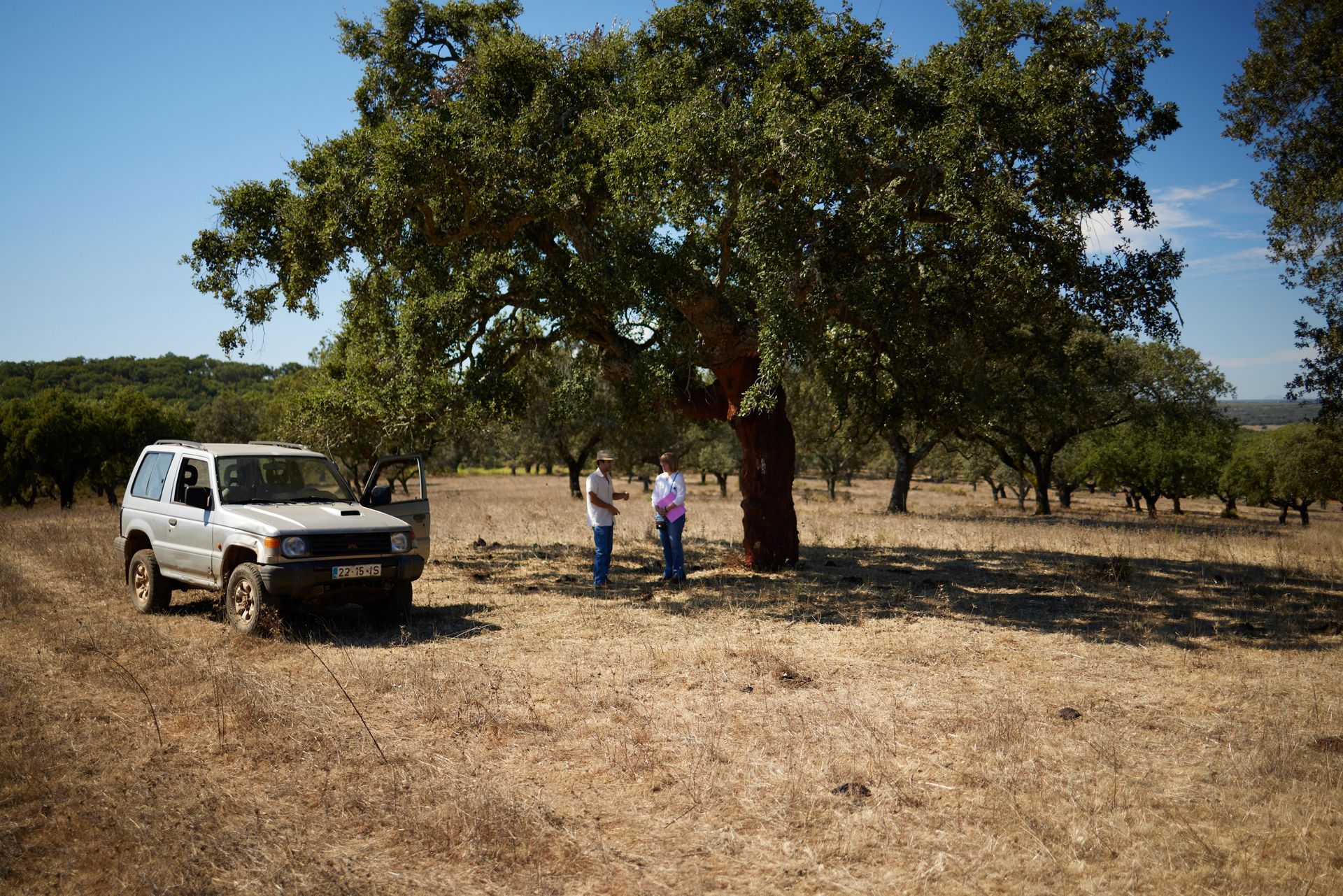
Image shows Sheila Cooke of 3LM talking with Francisco Alves in Herdade de São Luís, Portugal
The history of Montado
The Montado system has a rich and complex history, deeply connected to human activity, environmental adaptation, and cultural evolution in Portugal. Its origins lie in ancient Mediterranean landscapes, where oak-dominated forests were prevalent. This system or variants of it have been sued in the area for as long as 12,000 years.
Early human settlements likely began managing these forests by clearing undergrowth for agriculture and grazing, setting the foundation for the Montado. During the Roman era, large-scale agriculture and grazing systems were introduced, with acorns used for animal feed and oak wood harvested for various purposes.
The Islamic period in medieval times saw agricultural innovations like advanced water management systems, which supported farming in arid regions, while forests were partially cleared for crops and pasture. However, valuable trees such as cork and holm oaks were retained for their versatility. With the Christian reconquest and subsequent population growth, the Montado began to take shape as a managed system balancing tree cover with grazing and cultivation.
The rise of the cork industry in the early modern period, particularly in the 15th to 18th centuries, shaped the Montado further, as cork oak trees became prized for their bark, used in wine bottle stoppers and shipbuilding. Large estates, known as latifundia, fostered the mixed-use nature of the Montado, combining forestry, grazing, and limited cropping.
By the 19th century, cork production had become vital to Portugal’s economy, supported by laws protecting cork oaks and management practices aimed at maximising yield while maintaining tree health. Despite mechanisation and some intensification during the industrial period, the Montado retained its biodiversity-friendly structure.
In the 20th century, growing awareness of its ecological importance led to conservation efforts, even as challenges such as overgrazing, land abandonment, and oak diseases emerged. Today, the Montado is globally recognised as a sustainable agricultural heritage system, balancing productivity with environmental stewardship.
So is it a natural system?
The Montado system can be considered a quasi-steady-state ecosystem, although it differs from a natural steady-state ecosystem in key ways. A steady-state ecosystem is one in which ecological processes, energy flows, and material cycling are balanced, allowing the system to maintain its structure and function over time. The Montado achieves a similar balance, but its maintenance depends on active human management. It could be argued, that if we consider human activity to be an integral part of nature that this represents a full steady state system.
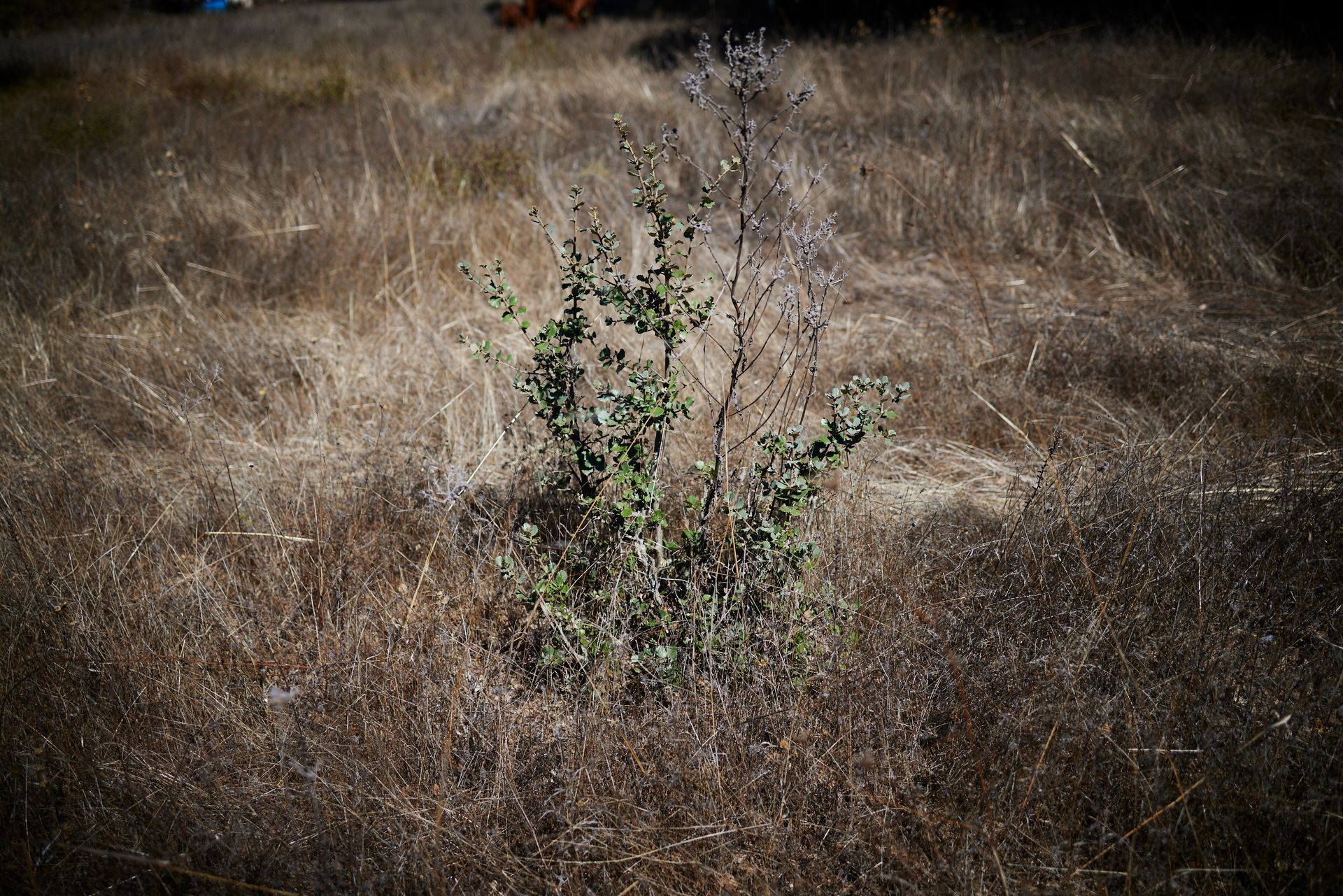
Image above shows a self seeded Holme Oak on Francisco's farm, these young trees are not eaten by livestock which prefer the rich dense grasses that grow as part of the system
Francisco manages his land using four species of animals, as discussed previously. His approach treats animals as tools for maintaining and building soil rather than focusing solely on their yield. He credits this method, learned from Holistic Management, with significantly increasing his yields, quality, and profits. But why exactly are animals integral to the system?
Livestock grazing controls undergrowth, reducing the risk of wildfires and encouraging plant regeneration by promoting seed dispersal and nutrient cycling through manure deposition. Each species contributes uniquely: sheep and goats browse shrubs and graze on grasses, preventing shrub encroachment and maintaining the open structure of the landscape; cows primarily graze on grasses, supporting soil aeration and plant diversity; and pigs, particularly during the acorn-rich montanheira season, consume fallen acorns, contributing to oak regeneration by selectively dispersing viable seeds. The integration of grazing animals ensures a balanced nutrient flow, enhances biodiversity by creating habitat heterogeneity, and supports ecosystem resilience.
Supporting a brittle environment
A brittle environment refers to a region where the distribution of rainfall is highly seasonal, with extended dry periods and infrequent but often intense precipitation. Such environments are typically semi-arid, and vegetation relies on effective water retention in the soil during the wet season. The Montado in Portugal, located in a Mediterranean climate, receives between 400–800 mm of rainfall annually, with most precipitation occurring in autumn and winter, followed by long, dry summers. In comparison, London, UK where we consider it to be quite wet, experiences a temperate maritime climate, receiving approximately 600–700 mm of rainfall annually, not very different, but with a more even distribution throughout the year. The consistent rainfall in London supports year-round vegetation growth, while the Montado’s seasonal rainfall requires careful land and water management, such as rotational grazing and maintaining tree cover, to sustain the ecosystem and mitigate the risks associated with drought.
In such regions, where rainfall is sparse and highly seasonal, the integration of cork and holm oaks with rotational grazing of livestock creates a balanced system that prevents soil degradation and supports vegetation recovery. The tree canopy reduces evaporation, provides shade, and improves microclimate conditions, while leaf litter and organic matter enrich the soil. Livestock grazing, when carefully managed through holistic planned grazing, stimulates plant growth, promotes seed dispersal, and cycles nutrients back into the soil via manure. This system increases the land’s capacity to capture and store water during the wet season, sustaining vegetation through extended dry periods. Over time, these regenerative processes rebuild soil structure, combat desertification, and create a resilient ecosystem capable of thriving in brittle environments.

Photograph shows the ground cover on Francisco's farm in mid September last year after 5 months of no rain there was thick dense vegetation on the ground and very little bare soil throughout the whole farm. Francisco carefully manages the land to achieve this meaning that when the rain arrives (which it did 2 days after our visit) it is captured by the soil and this vegetation meaning it can infiltrate into the soil.
Is the Montado system rich in biodiversity?
in a word, yes. This system of farming offers support for many other species that are not farmed.
The Montado system has a profound positive impact on biodiversity due to its unique mosaic-like landscape, which integrates tree cover, open pastures, and scrubland. This heterogeneity provides diverse habitats that support a wide range of species, many of which are rare or endangered, such as the Iberian lynx (Lynx pardinus) and the Spanish imperial eagle (Aquila adalberti). The cork and holm oak trees serve as keystone species, offering food, shelter, and nesting sites for various birds, mammals, insects, and fungi. The system promotes plant diversity by maintaining a balance between grazed areas and tree-shaded zones, preventing dominance by a single species. Additionally, grazing animals facilitate seed dispersal and vegetation management, reducing the risk of overgrowth and creating niches for smaller flora and fauna. By maintaining ecological connectivity and fostering species interactions, the Montado enhances ecosystem resilience, ensuring its continued function as a biodiversity hotspot even under changing climatic conditions.
What's the future?
Recent studies have shown that the Montado’s total extension has reduced in the last 25 years, with 5000 ha lost on average per year (Costa et al., 2011, Godinho et al., 2014, Godinho et al., 2016). This decrease is not primarily due to cuts in the tree cover or replacement of the silvo-pastoral system by another land use system.
It is caused by a progressive decline in the tree cover and a reduction in natural tree regeneration, and thus a reduction in tree density, which in turn leads to larger and larger openings in the Montado land cover (Almeida et al., 2013, Godinho et al., 2014, Godinho et al., 2016).
When the trees are missing or in too low density, there is an open grazing or shrub area, but the complementarity between grazing activities and the tree layer is lost, and the Montado has been dismantled as a silvo-pastoral system. Consequently, it is difficult to maintain the recovery of the tree cover, which traditionally regenerated by natural replacement of the old trees by young shoots (Acácio and Holmgren, 2012).
However, various initiatives are in place by the EU' Common Agricultural Policy (CAP), the Portuguese government, the cork industry and a variety of NGOs to preserve and restore these areas of Montado as it's value from economic, cultural and biosecurity perspectives have been recognised and the Montado is now recognized as a globally significant agricultural heritage system by organizations such as the Food and Agriculture Organization (FAO).
Summary.
We were deeply inspired by our visit to Francisco's farm last September, and the timing couldn’t have been better to witness how the system thrives when paired with a holistic approach. Francisco, trained in Holistic Management, applies all the principles taught by 3LM, including financial planning and land management, and the results speak for themselves.
He operates with significantly fewer inputs, from not needing to worm his cattle to relying on minimal external feed, and depends solely on captured rainfall to sustain his farm year-round. This approach stands in stark contrast to his neighbours, who appear to run similar systems but face far greater challenges. Francisco's land had noticeably more ground cover at the end of the dry season, and when the rains came just two days after our visit, his fields turned green within days!
If you want to see the system in action, Francisco explains it best in the film we shot with him.
I can’t wait to return—it was a truly inspiring experience to see how a brittle environment can be transformed into a thriving haven for wildlife, while also producing some of the best-tasting meat I’ve ever enjoyed.
Glen Burrows

